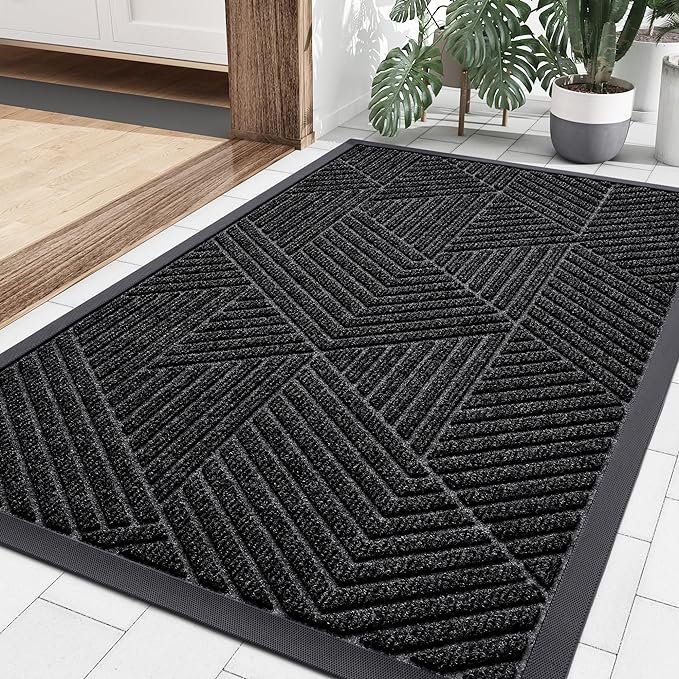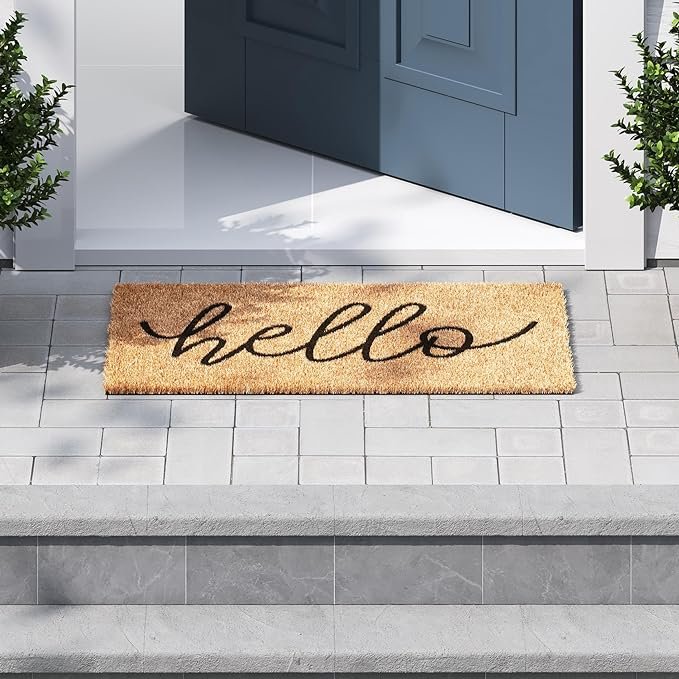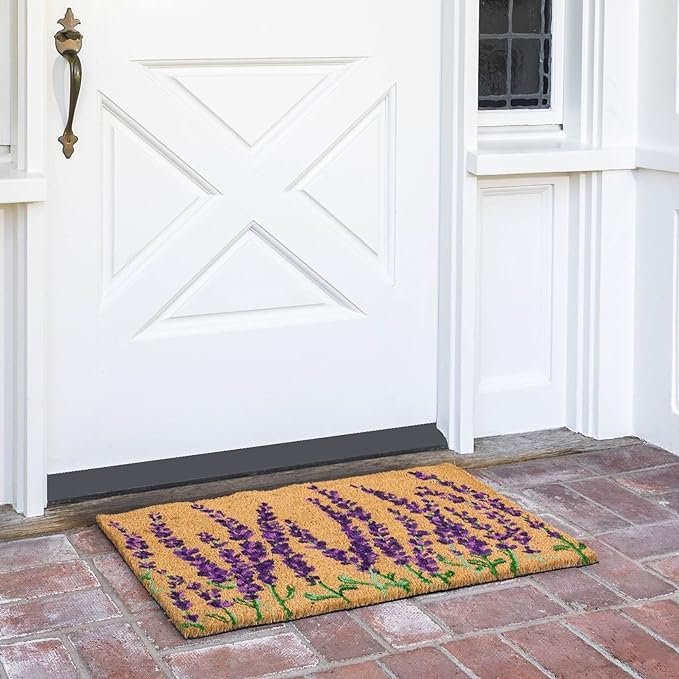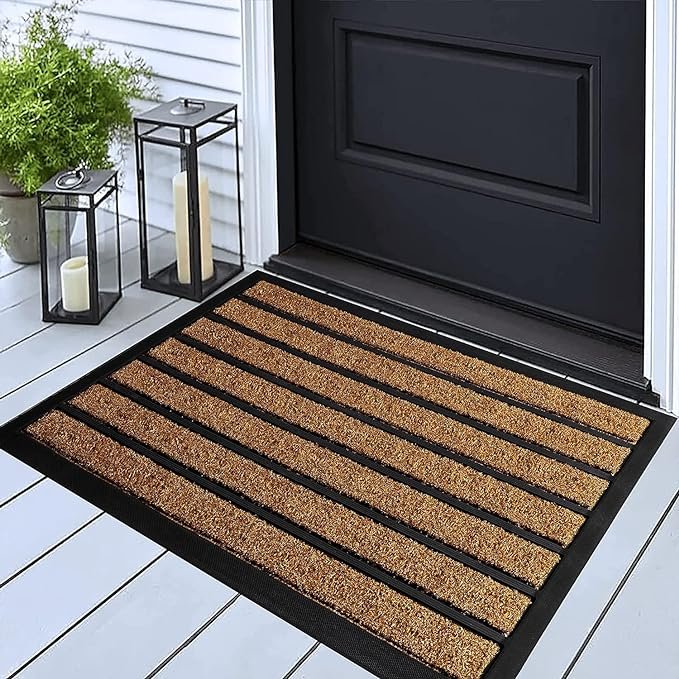7 Tips to Pollen-Proof Your Home This Spring
Spring signals a refreshing shift in seasons, ushering in balmy temperatures and ample opportunities for outdoor activities. Yet, for allergy sufferers, especially those grappling with hay fever, this season poses challenges. Elevated pollen levels unleash a barrage of unwanted symptoms, including incessant sneezing, congestion, and eye discomfort.
Fortunately, proactive steps can be taken to minimize pollen infiltration into homes, thus mitigating these symptoms.
Where Does Pollen Come From?
Pollen, the microscopic grains produced by flowering plants during their reproductive cycle, serves a vital role in plant reproduction. As plants release pollen into the air, it can travel far and wide, carried by wind, insects, or other animals. This dispersion ensures the cross-pollination necessary for plant growth and biodiversity.
The Nuisance it Brings:
While essential for nature, pollen becomes a nuisance for many during springtime. As it disperses into the air, pollen can find its way into our homes through open windows, doors, and even clothing. Once indoors, it settles on surfaces and can linger in the air, triggering allergic reactions in sensitive individuals.
Adverse Effects of Pollen:
For those with allergies, exposure to pollen can lead to a myriad of uncomfortable symptoms. From persistent sneezing and nasal congestion to itchy, watery eyes, the effects of pollen can disrupt daily life and impair overall well-being. Furthermore, prolonged exposure to pollen allergens may exacerbate respiratory conditions such as asthma, making it imperative to minimize its presence within our living spaces.
How To Protect Your Home From Pollen
As we revel in the beauty of spring, it's essential to be mindful of the presence of pollen and its potential impacts on our health. By understanding its origins, recognizing its nuisance, and taking proactive measures to prevent its infiltration into our homes, we can create a haven free from the discomforts of seasonal allergies. Here are some practical tips on how to reduce pollen exposure and create an allergy-friendly environment within your home.
Let fresh air into your home at night time
Pollen levels are at the highest during the beginning of the day. They start off high in the morning before peaking around midday, and gradually reduce towards the evening.
If you are wanting to open windows or doors to air out your house during the spring and summer months, it is best to do so in the evening. Being selective on the time of day that you let fresh air into your home can drastically reduce the amount of pollen that makes its way into the household.
Change your clothes after being outdoors
A large proportion of pollen from the outdoors gets brought into the home on our clothes, due to the sticky texture of the pollen particles. When entering the home after being outdoors, remove your clothes, and change into alternative clothing before sitting on soft furnishings to minimize the spread of pollen throughout the home.
Invest in a doormat
As well as clothing, footwear is a major source of pollen being transported into the home, as it carries on the soles of your shoes. Removing footwear will help minimize the spread, but a doormat is the best option to remove the pollen completely.
Strategically placing a doormat outside of your home will prevent pollen particles from being brought inside the home - although, it is still recommended that you remove your footwear once indoors, as there may still be stray pollen particles embedded in the soles of your shoes.
Dry clothes and bedding indoors
The warmer temperatures mean that many people will opt for drying their laundry outdoors. Not only does this mean clothes dry faster, but it is also more sustainable and economically friendly than using a tumble dryer.
However, for those allergy sufferers who are prone to hay fever, this is one of the prime ways that pollen gets into the home, sticking to clothing and bedding that’s been left to dry outdoors.
During periods when pollen is at its most prevalent, it is recommended to dry your laundry indoors to avoid contaminating clean clothes with pollen, triggering hay fever symptoms. If you are going to dry laundry outdoors, avoid hanging clothing early in the morning, when the pollen level is at its highest.
Brush your pets after they’ve been outdoors
It’s not just clothing that pollen particles will stick to - they can even be brought into your home on the fur of your beloved pets. If your dog or cat spends time outdoors during the spring and summer months, they will likely re-enter the home with pollen particles stuck to their fur. When your pets enter the home after being outdoors, take the time to brush them thoroughly.
Regular vacuuming
Regular vacuuming is also one of the most effective ways to prevent hay fever symptoms when in the home. Pollen particles and other allergens can become embedded in carpets, rugs, mats, and upholstery, so increasing how often you vacuum clean these areas is essential during summer allergy season.
Vacuum cleaners that include a HEPA filter are ideal for allergy sufferers, as the filter traps small particles, such as pollen and dust.
Invest in an air purifier
An air purifier is an extremely useful tool when it comes to alleviating hay fever symptoms while at home. The device works by trapping particles and recirculating the filtered air back into the room.
Investing in an air purifier is a great low-effort way to reduce the amount of pollen in the air, but following the above tips alongside this will help you to achieve the best results and keep hay fever symptoms at bay.
In wrapping up, pollen might be natural, but it sure can be a pain, especially for allergy sufferers. But don't fret! By knowing where it comes from, how it messes with us, and taking some simple steps like keeping windows shut tight and using air purifiers, we can keep the sneezing and sniffling at bay. So, let's embrace spring without letting pollen ruin the day. With a little bit of know-how and some proactive measures, we can make the most of this vibrant season without feeling like we're constantly battling nature.
Content credit: https://ultimatemats.com/custom-logo-mats











